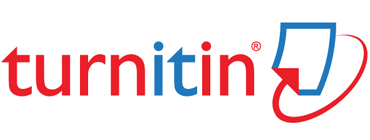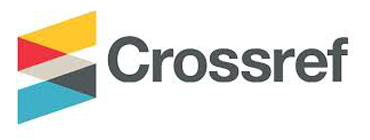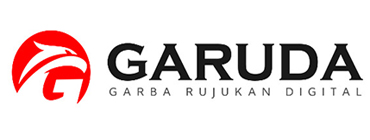THE APPLICATION OF THE DEMONSTRATION METHOD IN INCREASING STUDENT LEARNING OUTCOMES IN PAI COURSES IN MATERIALS OF PROCEDURE OF PURIFICATION
Abstract
Full Text:
PDFReferences
Alfath, Muhammad Faiz. 1994, 1100 Hadits Pilihan, Jakarta, Gema Insan Press.
Arifn, Zainal. 2011, Evaluasi Pembelajaran, Bandung: PT Remaja Rosdakarya Offset.
Arikunto Suharsimi. 2006, Prosedur Penelitian Suatu Pendekatan Praktis, Jakarta: Rineka Cipta.
Bahri, Djamarah Syaiful. 2002, Strategi Belajar Mengajar, Jakarta: Rineka Cipta. Idi,
Abdullah. 2010, Sosiologi Pendidikan, Jakarta, Rajagrafindo Persada.
Mulyat, 2005, Psikologi Belajar, Yogyakarta: Andi Offset. Rosdakarya.
Sudikin dkk, 2010, Manajemen Penelitian Tindakan Kelas, cet. Ke-4, Insan Cendekia.
Sudjana, Nana. 2000, Dasar-Dasar Proses Belajar Mengajar, cet, kelima, Bandung, PT Sinar Baru Algensendo.
Sumiati dan Asra, 2009, Metode Pembelajaran, Badung, CV Wacana Prima.
Tim Penyusun Kamus, 2007, Kamus Besar Bahasa Indonesia, Jakarta: Balai Pustaka.
Usman, Moh. Uzer. 1995, Menjadi Guru Profsional, Edisi Kedua, Bandung, Remaja.
Refbacks
- There are currently no refbacks.

This work is licensed under a Creative Commons Attribution-NonCommercial-ShareAlike 4.0 International License.
INDEXING
Bright Vision by UIN Sumatera Utara Medan is licensed under a Creative Commons Attribution-NonCommercial-ShareAlike 4.0 International License.
Based on a work at http://jurnaltarbiyah.uinsu.ac.id/index.php/brightvision.









